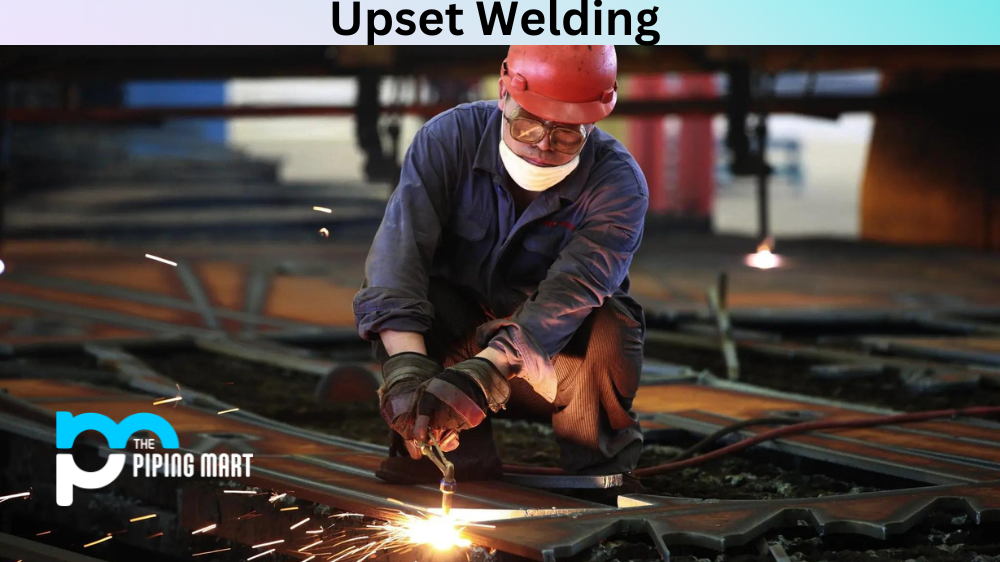What is Monel?
Monel has a chemical composition of Nickel 65-70% and Copper 20-29%. It has a lesser amount of iron and manganese, and other compounds, up to 5%. There are various grades in which monel can be divided. The categorization depends on the proportion of the elements present in the chemical composition. In this blog, we will be stating the difference between monel 400 and monel k500 round bars.
Monel 400 round bars
The chemical composition of monel 400 round bars is 67% of Nickel and 23% of Copper. These round bars are resistant to steam at high temperatures and to seawater. They are also resistant to salt and caustic solutions. The characteristics of monel 400 round bars include good resistance from corrosion, commendable weldability, and good strength. Its applications are in the marine industry, and non-oxidizing chloride solutions. It is useful in non-oxidizing chloride solutions since it has a low corrosion rate in rapidly flowing brackish or seawater. It also has amazing resistance to stress- corrosion cracking in almost all types of freshwaters. It is resistant in many other corrosive environments too. When de-aerated, monel 400 round bars are quite resistant to hydrochloric and hydrofluoric acids. The mechanical properties of monel 400 at sub-zero temperatures are very good. They can be used in temperatures up to 1000 degrees Fahrenheit, and the melting point of these bars is around 2370- 2460 degrees Fahrenheit.
Applications of Monel 400 round bars:
- Marine engineering
- Gasoline and freshwater tanks
- Crude petroleum stills
- Chemical and hydrocarbon processing equipment
- De- aerating heaters
- Boiler feedwater heaters and other heat exchangers
- Industrial heat exchangers
- Chlorinated solvents
- Valves, pumps, shafts, fittings, and fasteners
- Crude oil distillation towers
Monel K500 round bars
Monel K500 round bars are nickel-copper alloys that are precipitation-hardenable. Along with the amazing corrosion resistance properties of monel 400, monel K500 also possesses greater strength and hardness. By adding aluminum and titanium to the alloy, this extra strength and hardness are obtained in monel K500. Aluminum and titanium are added to the nickel-copper base, and age hardening or aging is done by a thermal process used to affect precipitation. Although, unlike monel 400, monel K500 is prone to stress corrosion cracking in some environments. But while comparing the yield strength and tensile strength to that of monel 400’s, monel K500 is better by three times and two times respectively. Monel K500 can also be strengthened further by cold working, which is done before precipitation hardening. The strength of this allow is retained till 1200 degrees Fahrenheit, and the ductility and toughness are maintained till 400 degrees Fahrenheit. The melting range of this alloy is around 2400- 2460 degrees Fahrenheit.
Applications of monel K500:
- Sour- gas service applications
- Oil well tools and instruments like drill collars
- Oil well industry
- Chains, cables, springs, valve trim, fasteners for marine service
- Doctor blades and scrapers
- Pump shafts and impellers in marine service
- Oil and gas production safety lifts and valves
The above mentioned are the major differences between monel 400 and monel K500, which should be kept in mind before choosing the right one for your application.

Pipingmart is B2B portal specializes in industrial, metal and piping products. Also, share latest information and news related to products, materials and different types grades to help business dealing in this industry.




